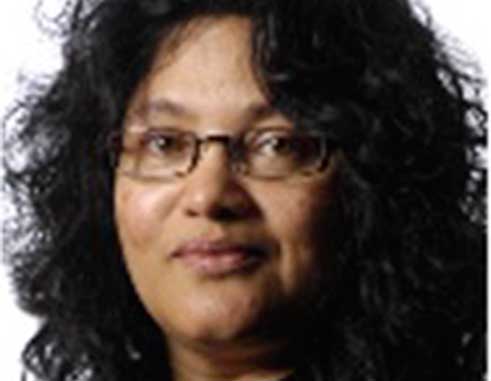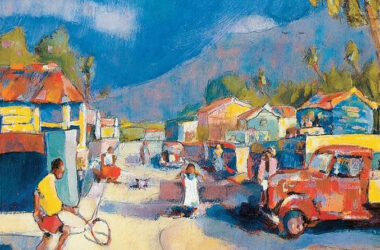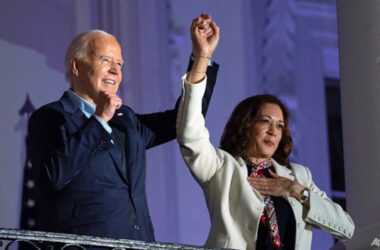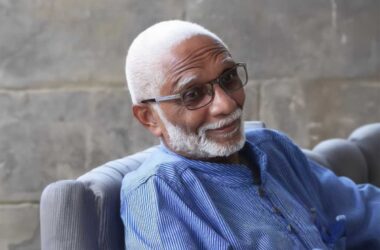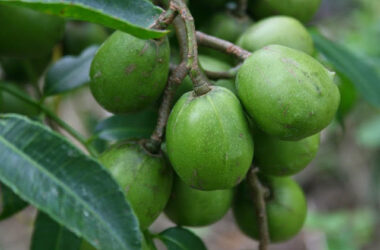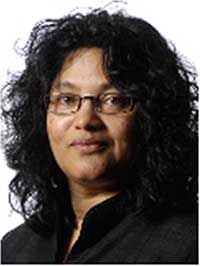
IN my previous commentary, I highlighted crises of masculinity and violence in Caribbean societies. These two crises are in fact related.
Masculinity refers to the roles and behaviours associated with being a man. While boys inherit male biological features, they become men through socialization.
Despite the popular book, “Men are from Mars, Women are from Venus,” masculinity and femininity are not fixed social constructs. There is much variation among societies, ethnic groups (e.g., T&T African and Indian men), other social groups (e.g., the military; football and cricket teams; rock, hip hop, reggae and tassa bands), and through time.
Masculine stereotypes include leadership, physical strength, bravery and aggression. It’s no surprise that boys who drop out of school, lack the qualifications for public and private sector jobs, don’t have a supportive family network and feel alienated from mainstream/malestream society, are vulnerable to the lure of gang culture.
It offers an alternative ‘family’, but one that’s imbricated in the underworld of gang violence, firearms, drug trafficking, theft, kidnapping, rape and murder.
Young men who haven’t mastered verbal communication and developed emotional intelligence will find it harder to compete in the formal labour market. Even our national musical forms dominated by men – calypso, reggae, soca, chutney, etc. – have shown a decline in language, ideas and emotions.
Recent T&T data that feed into this narrative include CSO 2016 population statistics of approx. 1.4 million (1,353,895), with males comprising the majority (679,288), and females 674,607. And the T&T poverty report indicates that 24.5 percent of the population lives in poverty.
Femininity, on the other hand, is associated with being physically weak, emotional, caring, etc. It has been argued that this is a Eurocentric construct, as attested by our foremothers, African slaves and Indian indentured labourers, who worked on the sugar plantations.
Feminism has challenged, if not transformed, these rigid notions of masculinity and femininity. One may now observe a spectrum of gender identities, along which groups and individuals cluster.
Women/girls have made greater inroads into the male half of the gender spectrum than vice versa. Many women are pushing the boundaries of physical strength, leadership and bravery.
We’re also seeing men/boys showing their emotions, doing housework, caring for children, etc. Male anti-hero, geeky, emotional TV and movie stars have created a growing space within the hyper-masculine Rambo culture. However, it’s often the case that males who push the ‘female’ side of the spectrum are ridiculed as ‘homo’ and ‘queer’, and bullied in the schoolyard and workplace.
On the troubling issue of female violence, examples include mothers who beat their children, YouTube videos of girl fights, and the US women soldiers who sexually violated Iraqi men at Abu Ghraib prison.
Violence as a means of asserting power and control by men is institutionalized in the military, wars and armed conflict globally. And violence by men over women and men/women over children is embedded in the ‘private sphere’ of the home.
Organized religion has a lot to answer for. The Bible refers to the ‘rod of discipline’; the Qur’an permits a man to ‘chastise’ his wife; and the Hindu Manu Code exhorts girls to obey their fathers, young women their husbands, and widows their sons. And the Biblical saying, ‘spare the rod and spoil the child’, is still invoked by Caribbean parents and teachers to justify corporal punishment.
In the Caribbean, we also have a colonial history of institutionalized violence against the Amerindian peoples, African slaves, Indian indentured labourers, and the working class. The cat’o’nine whip, portrayed recently in the Scottish TV historical drama, “Outlander”, originated in the British army and navy to punish prisoners. It made its way to the colonies to punish slaves and prisoners, and was integrated into our justice system.
It’s a dismal truth that our approach to postcolonial nation-building has not sought to eradicate such violence from our practices and psyches, which we continue to recycle in our institutions and relationships. Whether or not we’d care to admit it, we’re a nation of the psychologically wounded.
Male violence is accepted at the highest levels. Prime Minister Rowley has been justifiably hammered in the press and social media for his recent response to the epidemic of horrific murders of women and girls. The Prime Minister shockingly pronounced to women in T&T that, “I am not in your bedroom. I’m not in your choice of men. You have a responsibility to determine who you associate with and to know when to get out, and the State will try to help.”
Newspaper reports abound of women/girls who have been assaulted, raped or murdered in domestic or public spaces. Hundreds of young men are killed annually in gang-related violence. Corporal punishment of children has not been categorically outlawed by the Children Act (2012).
Now I’m not saying that all men are violent. On the tracks at panorama semi-finals, it was inspiring to watch men/boys and women/girls practising riffs of sweet pan in harmony. Panorama finals showcased the wonderful pan symphonies created by generations of male and female pannists. And on Carnival Monday and Tuesday, we saw tens of thousands of women and men dancing in the streets.
Since the mid-1970s, feminist advocacy at the United Nations, other international and regional member countries, has resulted in laws on domestic violence, sexual offences, etc. T&T has put in place the Sexual Offences Act (1986), Domestic Violence Act (1999), Sexual Offences Amendment Act (2000), and Children Act (2012).
What needs to be done? I offer a few suggestions below, focused on prevention, protection and support:
The Office of the Prime Minister should establish a high-level inter-agency task force to tackle the problem systematically, including the police; Ministries responsible for justice, gender, children, education, health, labour, local government, etc.; private sector and civil society organizations.
The police and courts must enforce the laws on domestic violence and sexual offences.
State, civil society and religious organizations should support victims/survivors through improved police response, hotlines, shelters, victim support units, counselling, etc.
Employers (public and private sector) should offer GBV workshops for all employees, and provide confidential support to victims/survivors, e.g., counselling, time off for court appearances, flexi-hours, debarring persons with restraining orders from the workplace.
UN Women has developed a violence prevention programme for men/boys, which could be used in prisons, juvenile training centres, police, army, football and cricket clubs, men’s clubs, boys’ schools, etc.
The Ministry of Education should develop ‘Zero Tolerance of Violence’ curricula for primary and secondary schools, in collaboration with the Hugh Wooding Law School, and Education Faculties at UWI and UTT.
(Dr.RawwidaBaksh is a feminist activist, researcher, writer and policy adviser based in T&T.)


